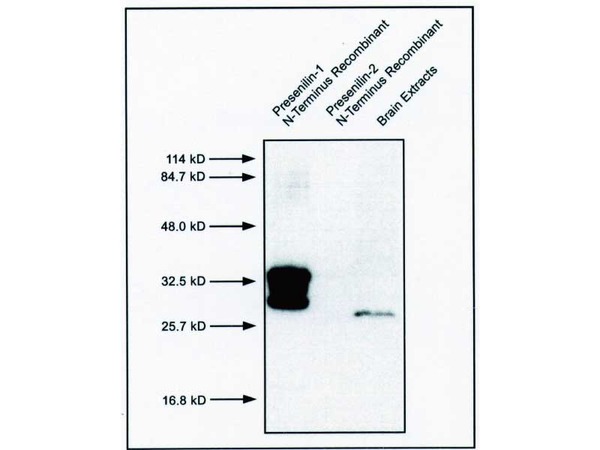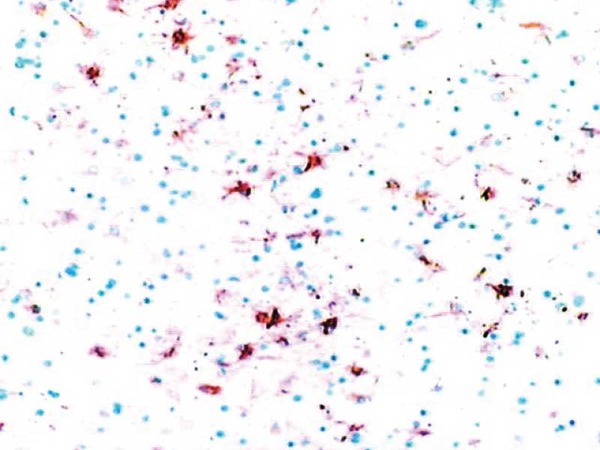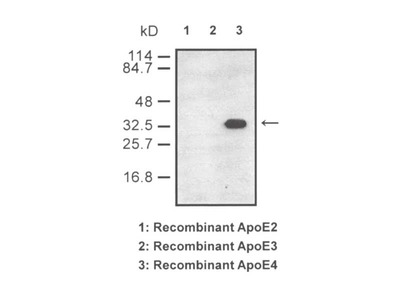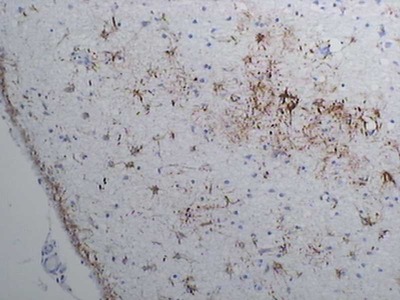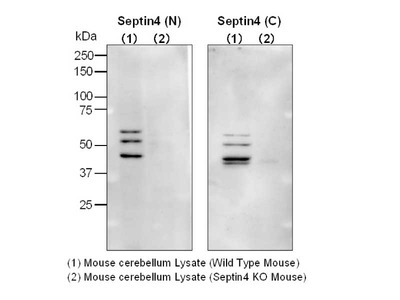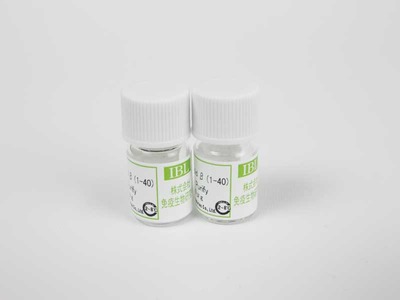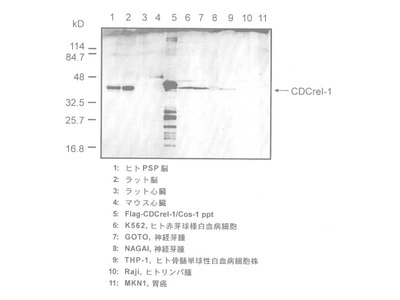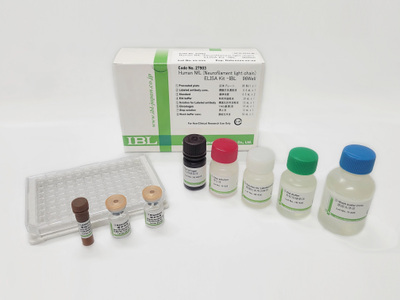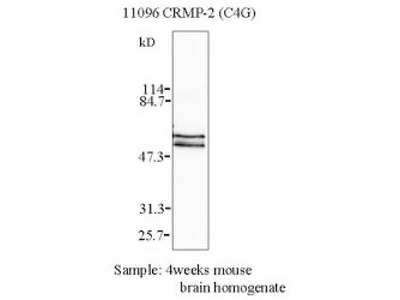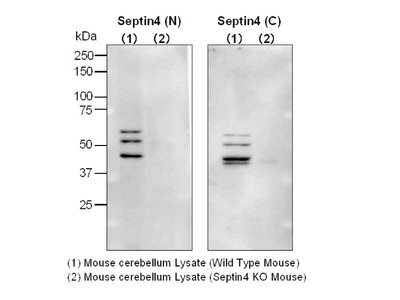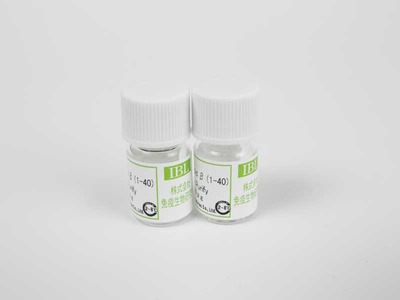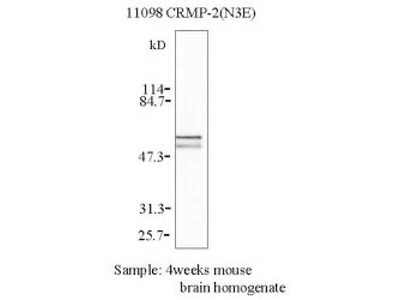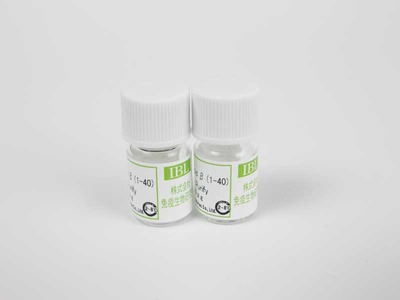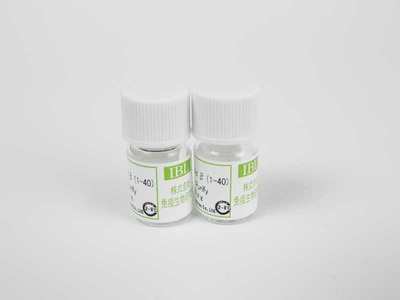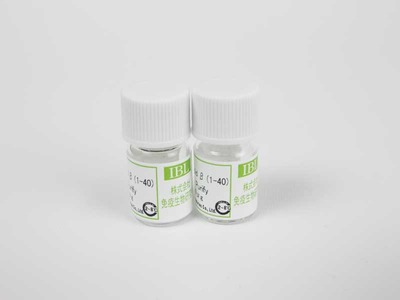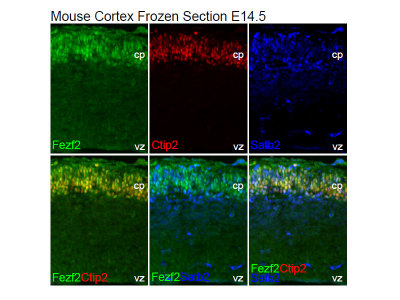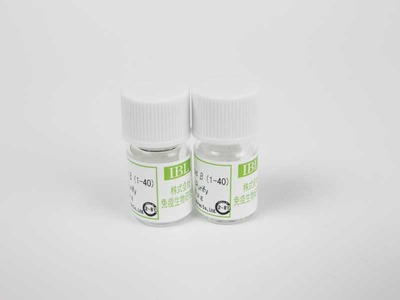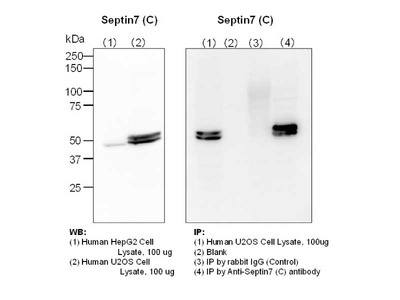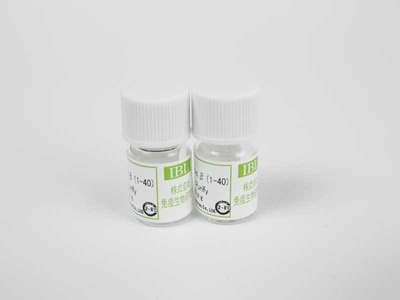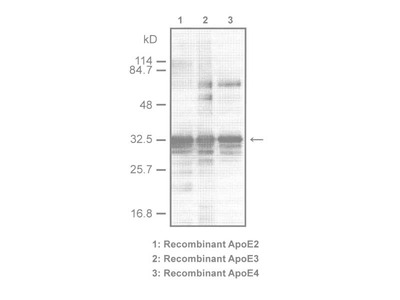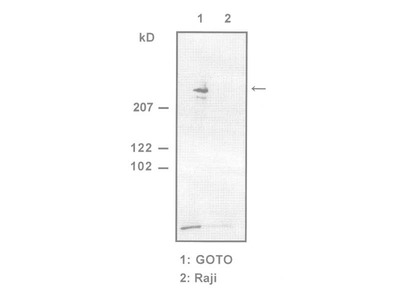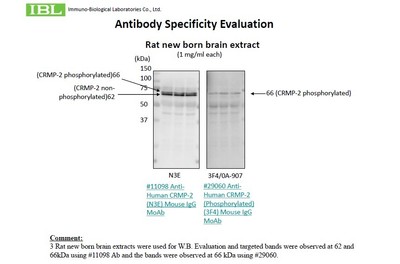- HOME >
- For Researchers >
- Product Search >
- Search Result >
- #10151 Anti-Human Presenilin-1 (17C2) Mouse IgG MoAb
Product Search
#10151 Anti-Human Presenilin-1 (17C2) Mouse IgG MoAb
- Intended Use:
- Research reagents
- Application:
- WB, IHC
- Package Size1:
- 200 μg
- Note on Application Abbreviations
- WB:Western Blotting
- IHC:Immunohistochemistry
※ The product indicated as "Research reagents" in the column Intended Use cannot be used
for diagnostic nor any medical purpose.
※ The datasheet listed on this page is sample only. Please refer to the datasheet
enclosed in the product purchased before use.
Product Overview
Product Overview
| Product Code | 10151 |
|---|---|
| Product Name | Anti-Human Presenilin-1 (17C2) Mouse IgG MoAb |
| Intended Use | Research reagents |
| Application | WB, IHC |
| Species | Human |
| Immunizing antigen | N-terminal fragment of recombinant Human Presenilin-1 (E. coli) |
| Source | Mouse-Mouse hybridoma (X63 - Ag 8.653 × BALB/c mouse spleen cells, supernatant) |
| Clone Name | 17C2 |
| Subclass | IgG1 |
| Purification Method | Affinity purified with ProteinA |
| Specificity | Human Presenilin-1 specific, non-cross react with Human Presenilin-2 |
| Package Form | Lyophilized product from 1 % BSA in PBS containing 0.05 % NaN3 |
| Storage Condition | 2 - 8℃ |
| Poisonous and Deleterious Substances | Applicable |
| Cartagena | Not Applicable |
| Package Size 1 | 200 μg |
| Remarks1 | The commercial use of products without our permission is prohibited. Please make sure to contact us and obtain permission. |
Product Description
Product Description
The presenilin 1 (PS1) gene was identified as the gene that harbors mutations that cause this type of FAD (termed AD3). PS1 is a novel 467-aa long integral membrane protein localized to intracellular membranous compartments, especially the endoplasmic reticulum, that spans the membrane 7-9 times. More than 30 missense mutations or amino acid deletions have been identified in a number of AD3 pedigrees. Shortly after the discovery of PS1, the gene responsible for FAD was found on chromosome 1. This gene is known as PS2 and it is highly homologous to PS1 (67% identical). Sequence analysis predicts integral membrane proteins, which contain seven putative transmembrane domains, a short hydrophilic amino- and carboxyl-terminal tail, and a large hydrophilic loop between the sixth and seventh membrane-spanning domain. All of reported mutation that results in early-onset Alzheimer’s disease are missense mutations, 24 in PS1 and two in PS2, or mutations that affect the splicing without affecting the coding of the protein and this has led the hypothesis that they may result in a gain of (miss) function.
FAQ
FAQ
-
 Q.Can this antibody be used on mice or rat samples ?
Q.Can this antibody be used on mice or rat samples ? -
 A.No it cannot.
A.No it cannot. -
 Q.Does the antibody cross react to mice?
Q.Does the antibody cross react to mice? -
 A.No, it doesn't.
A.No, it doesn't.

